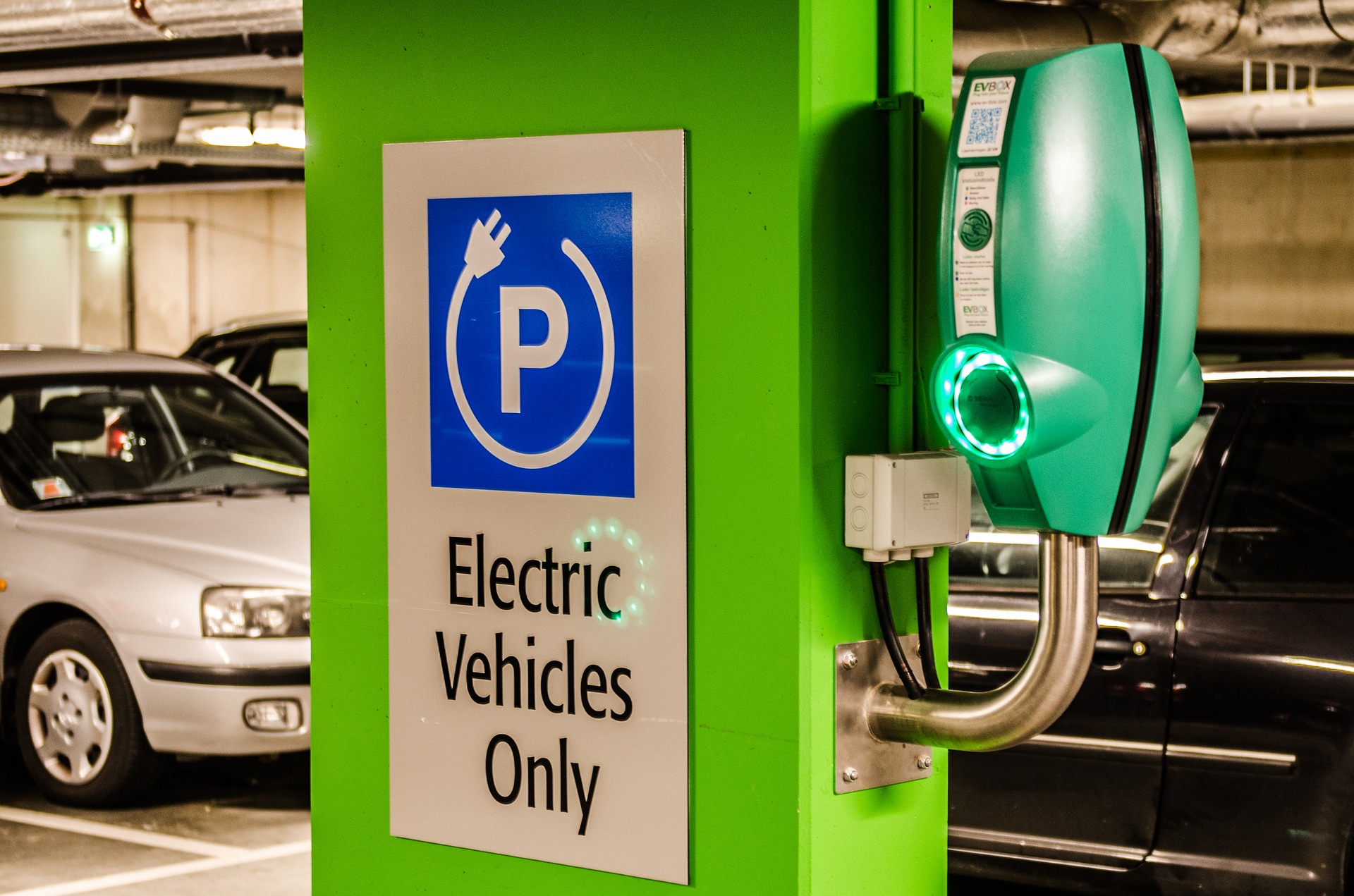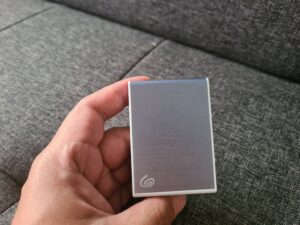Brought to you by Keysight Technologies
By Michael Tybel, Simon Reitemeyer, Julian Tomczyk, Keysight Technologies

PHOTO: Stan Petersen on Pixabay
As countries in a rapidly growing and changing world try to address future energy requirements, achieving a sustainable transportation becomes an important challenge.
Until recently, “range anxiety” was considered to be the biggest challenge of the growth of the electric vehicle (EV) market; due to consumer fears of being stranded due to poor battery performance or a lack of charging infrastructure.
As the battery capacity of newer middle-class EVs reaches 60 to 80 kWh, range anxiety is becoming less of a factor, and the superior range and rapid growth of total public EV supply equipment (EVSE) installations will lead to e-mobility conquering the global mass market, if implementation is mature enough.
To make internal combustion engine (ICE) cars entirely obsolete, EVs must become truly long-range capable. For that, an EV driver must rely on the next charging point on his route being operational and interoperable with his vehicle. That might sound easy, but is in fact complex to achieve.
Today, nobody would expect a new mobile device to have issues connecting to any private or public Wi-Fi network. But to get there, it needed the Wireless Ethernet Compatibility Alliance (WECA1, in year 2002 renamed to Wi-Fi Alliance) which developed dedicated compatibility tests that haven’t been included in the IEEE 802.11b standard.
Two decades later, the same situation applies to EVs and charging infrastructure. While most of the relevant normative specification was published between 2014 and 2015, it did not contain corresponding tests for how to verify implementation conformance.
The Combined Charging System (CCS) is the de facto charging protocol standard in Europe and North America (For reference: Tesla is migrating from their proprietary protocol to CCS²; Nissan recently announced a move from CHAdeMO to CCS in Europe and US³) and has the greatest market acceptance in countries outside of Japan and China.
In 2021, in the middle of a wave of 2nd generation EVs being introduced by all major car manufacturers, charging interoperability is not solved yet. This is because a CCS charging interface is much more complex than Wi-Fi, as it includes high voltage and the transfer of a significant amount of electrical energy.
Secondly, cars are designed according to specific automotive standards, while charging infrastructure is following more generic electro technical standards.
As a result, the technical specification for EV DC charging is fragmented in multiple International Electrotechnical Commission (IEC), International Organization for Standardization (ISO) and German Institute for Standardization (DIN) documents.
There is still no conformance test specification published regarding system and safety requirements of EV and EVSE besides communication protocols. This effectively means that all currently deployed CCS products cannot undergo harmonised tests.
But this is about to change. The major industrial stakeholders, organised within the Charging Interface Initiative e.V. (CharIN), are about to publish an interoperability test program. It initially focuses on EVSE conformance tests and will allow OEMs to test their products.
While focusing on today’s interoperability challenges, the e-mobility market is developing new technologies to reach mass suitability and green goals.
These goals should provide the EV driver a convenient and similar experience when charging his EV compared with refueling an internal combustion engine. Relevant issues are easy access and most likely automated communication between EV and charging station, along with a preferably short charging session.
Plug and Charge, Smart Charging
Currently, EVs need to be identified with Radio Frequency Identification (RFID) cards or other means at the charging station by the EV driver, to verify and start a charging session and arrange its payment successfully.
This procedure is error-prone and inconvenient as many different identification means and payment services exist in the market.
With Plug and Charge, specified within the ISO 15118 series, the process of identification and payment will be automated so that the EV driver only needs to plug-in the charging cable to his vehicle.
To support this, the charging communication and especially the information about payment need to be encrypted to provide the user a safe charging experience.
In addition, while increasing the complexity of this ecosystem, payment information needs also to be communicated securely to other stakeholders via back-end infrastructure.
A second step in automating EV charging is wireless charging. Without no charging cable, the EV driver would only need to park his vehicle and charging, communication and power transfer would be executed automatically.
People generally think of “green” mobility as a form of CO2 neutrality, with energy provided by renewable sources. Smart charging is a major part of this, because scheduling of charging can be controlled by intelligent load management.
Criteria for scheduling are the (minimum) amount of energy needed by the connected vehicle to support the driving range of their owner/user, and minimisation of the overall power consumption in the grid.
The challenge is the complexity and degree of control when talking about numerous connected charging spots and fluctuating amounts of renewable energy like solar or wind.
Such relatively unpredictable fluctuations in renewable energy sources need to be buffered, when looking at time periods of high solar radiation or strong winds in contrast to cloudy and calm weather conditions. EV batteries can contribute significantly to such situations if they are seen as energy storage systems.
This provides scenarios such as “vehicle to grid (V2G)” and “vehicle to home (V2H)” technologies, where the EV battery serves as a power source for other consumers in the household whenever renewable energy sources are limited or cannot provide the necessary amount of energy.
In cases where energy consumption is reported to the grid operator via smart meter and an IT cloud system, EVs and their battery packs can also help to minimise peaks in conventional energy production.
Automatic Connection Devices
For conductive charging, the next logical step to increase user convenience is to eliminate the need to exit the car and connect the charging gun to the car, which is particularly onerous in cold or wet weather conditions.
Moreover, in case of DC charging, handling can be additionally cumbersome because of the weight and rigidity of the cable.
Hence, the upcoming ISO 15118-20 standard will introduce support for Automatic Connection Devices (ACD) which can be implemented in various ways.
High-Power Charging
One additional aspect when comparing the refueling of an internal combustion engine (ICE) with the charging of an EV, is charging time.
Significantly increased DC charging currents will remain manageable thanks to liquid cooled charging cables, which are lightweight and flexible in contrast to conventional variants. This, in combination with doubling battery pack voltage, allows critical decreases in typical charging time for a conventional refueling.

Charging speed, dependent on used charging station. INFOGRAHIC: Keysight Technologies
E-mobility is entering its potentially most critical phase in terms of mass adoption, and charging infrastructure is a key factor. Thanks to government policies and huge investments, the total number of charging points, including very capable high-power charging stations for long distance journeys, will increase massively by 2025.
Smart new features will turn inconvenient charging experience into a seamless and highly automated ones that are far superior to visiting gas stations. But to get there, we have to take up an invisible but decisive challenge.
Industry and standardisation bodies are struggling to integrate new, advanced features for smart charging into official norms and specifications, while maintaining backward compatibility with already deployed products.
Keysight is developing test solutions for EVs and EVSE. With its Scienlab charging test solutions, Keysight enables car manufacturers and charging station provider to test charging interfaces of EVs and EVSE during high-power charging.
About the Authors
Michael Tybel is head of the Scienlab Solution Center, which became part of Keysight’s Automotive & Energy Solutions (AES) in 2017. He represents Keysight in the CharIN e.V. and CHAdeMO association, and is member of the DKE working committee for DC charging of Electric Vehicles.
Simon Reitemeyer is solution architect for the charging test solution at the Scienlab Development Center. He works on customer and internal development projects on testing of charging components of electric vehicle and infrastructure.
Julian Tomczyk is solution marketing specialist for charging and inverter test solutions at Keysight. Prior to Keysight, he worked in international product marketing at a German automotive manufacturer.







